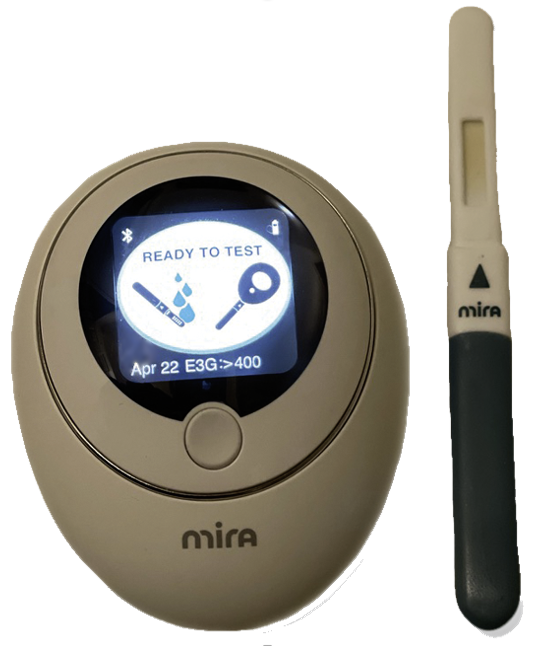Precision in fertility monitoring: “Quantitative Versus Qualitative Estrogen and Luteinizing Hormone Testing for Personal Fertility Monitoring”
Dr. Bouchard’s latest article on fertility tracking technology can be found here.
Background
A new fertility monitor is now available that provides quantitative measurement of urinary hormones, but clinical use requires validation against an established fertility monitor that provides only qualitative results.
Research design and methods
Two fertility monitors were compared using daily first morning urine samples over 3 cycles of use in 21 women users with experience using a fertility monitor with the Marquette Method of Natural Family Planning.
Results
Women were aged 33.4 ± 5.5 years and had menstrual cycles ranging between 23-41 days. The quantitative Mira Monitor estimates of ovulation were highly correlated with the qualitative ClearBlue Fertility Monitor (CBFM) estimates of ovulation. Both monitors provided an accurate estimate of the fertile window.
Conclusions
In this preliminary trial, the Mira monitor was shown to be effective at delineating the fertile window and ovulation. We demonstrated the feasibility of applying the Marquette Method algorithm with the use of the Mira monitor. Satisfaction differences between the two monitors did not reach statistical significance. We anticipate that quantitative fertility monitoring will give couples and health care providers new and unprecedented insights into the menstrual cycle and fertility.




